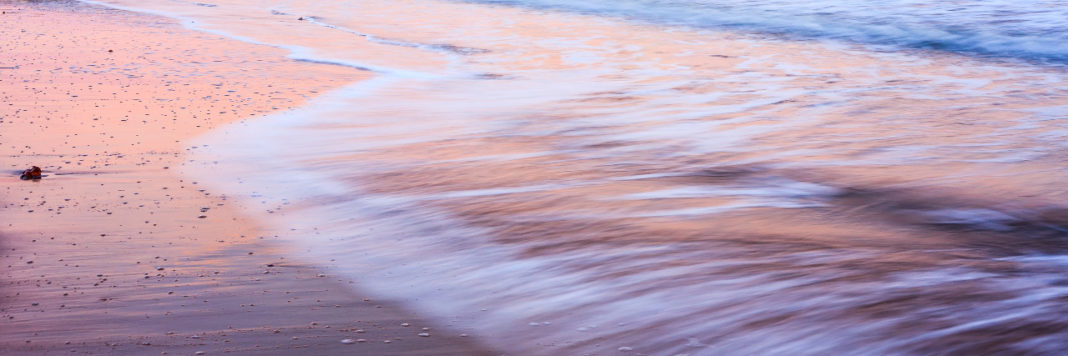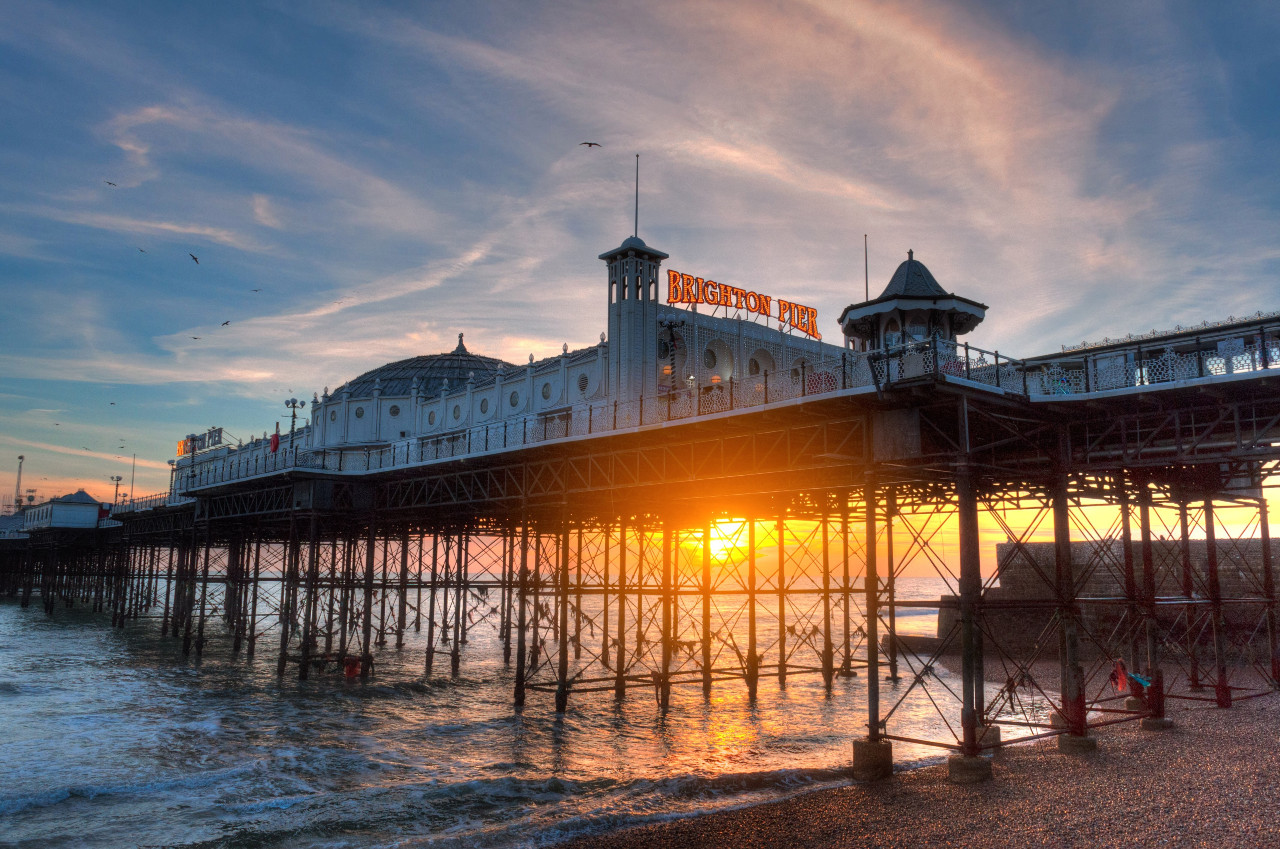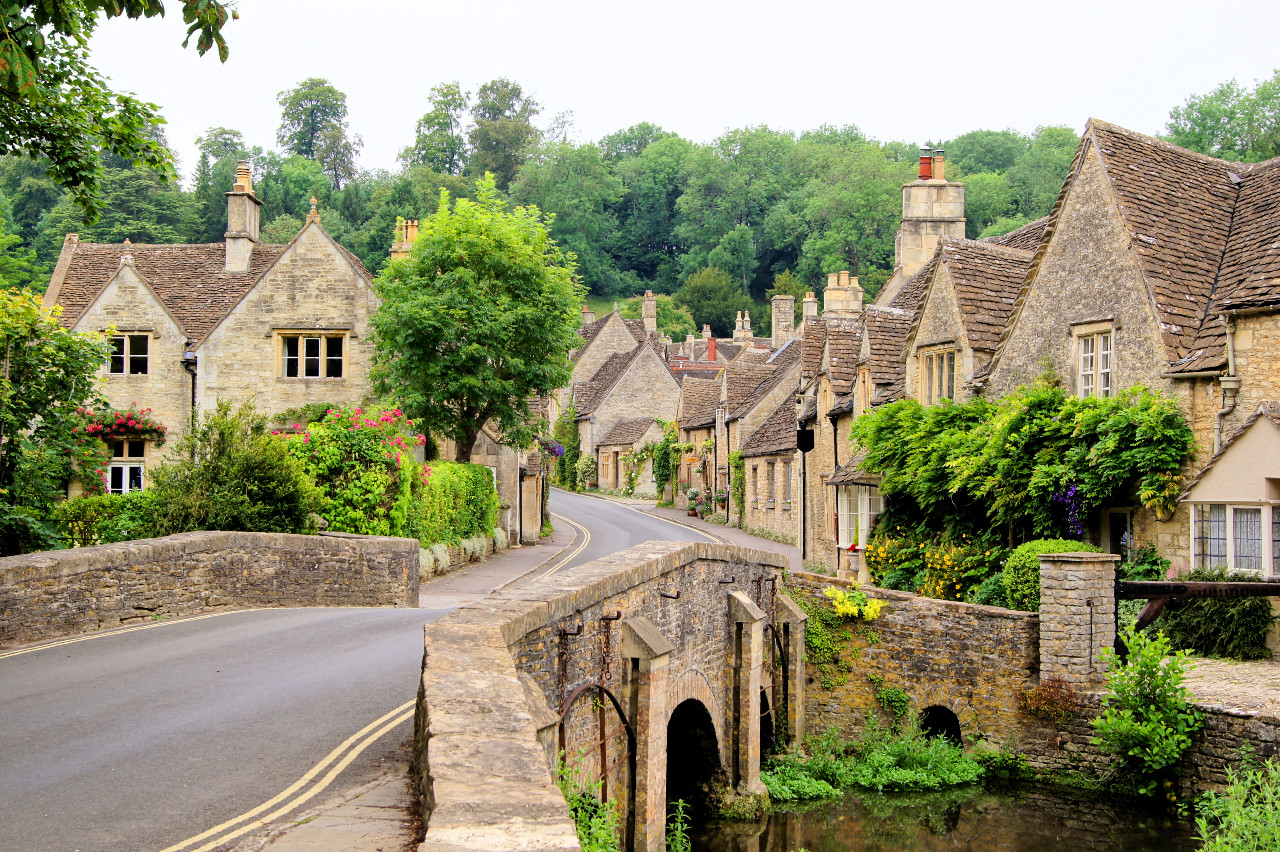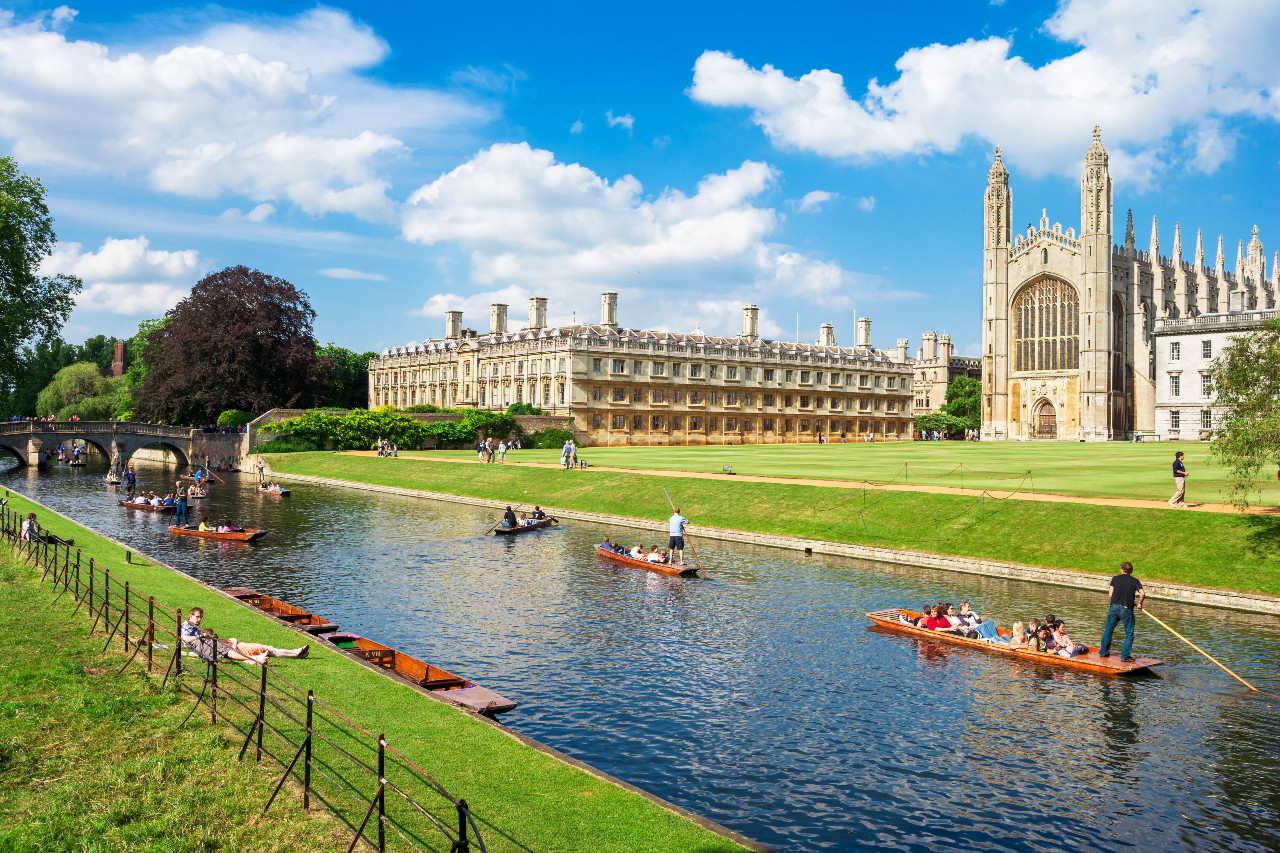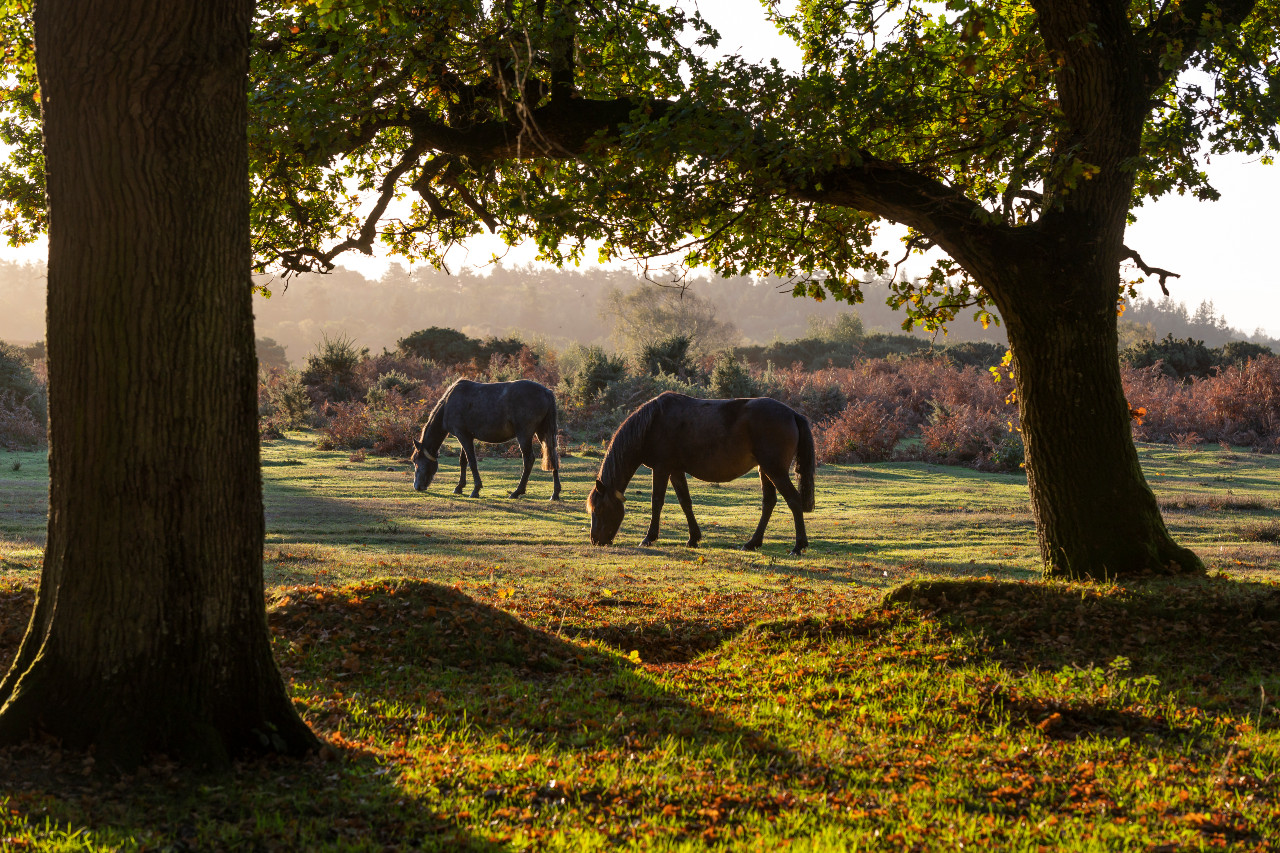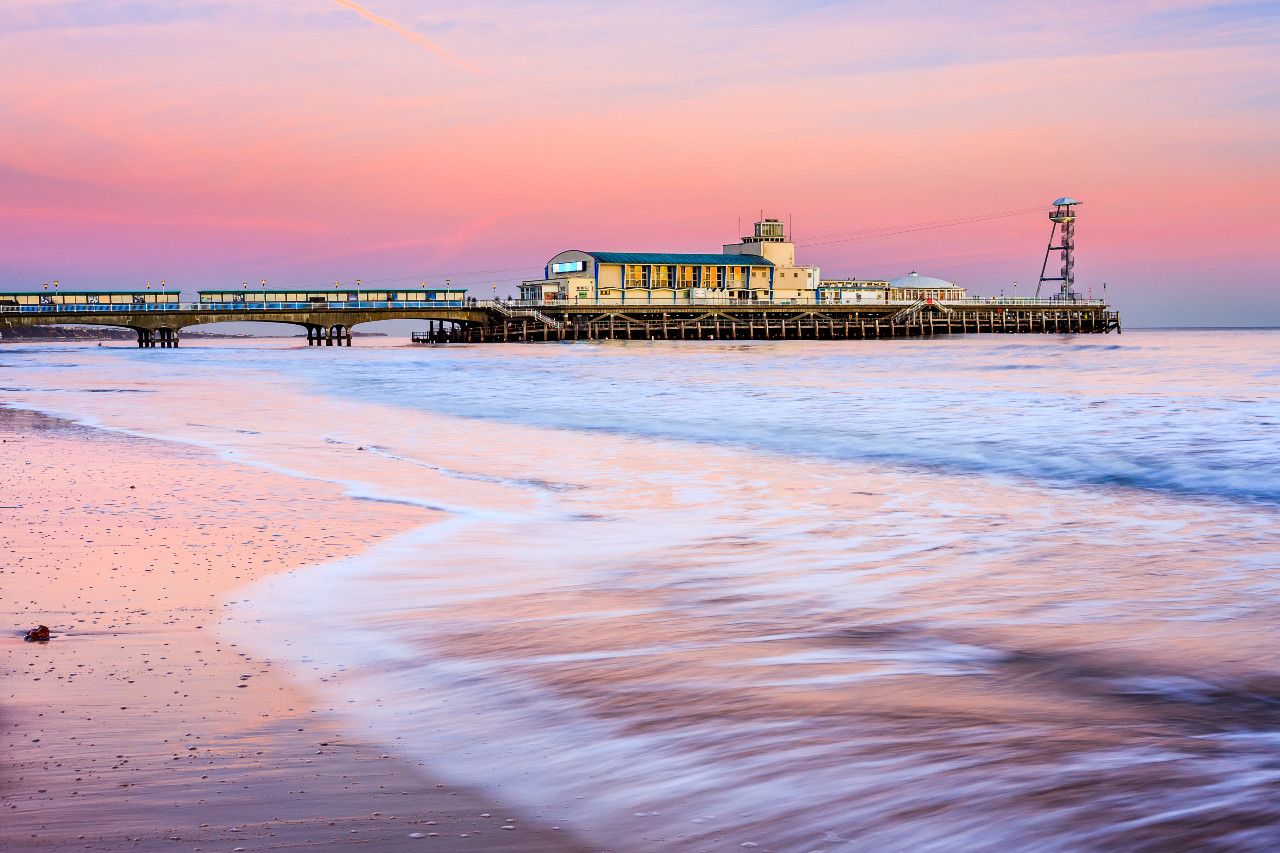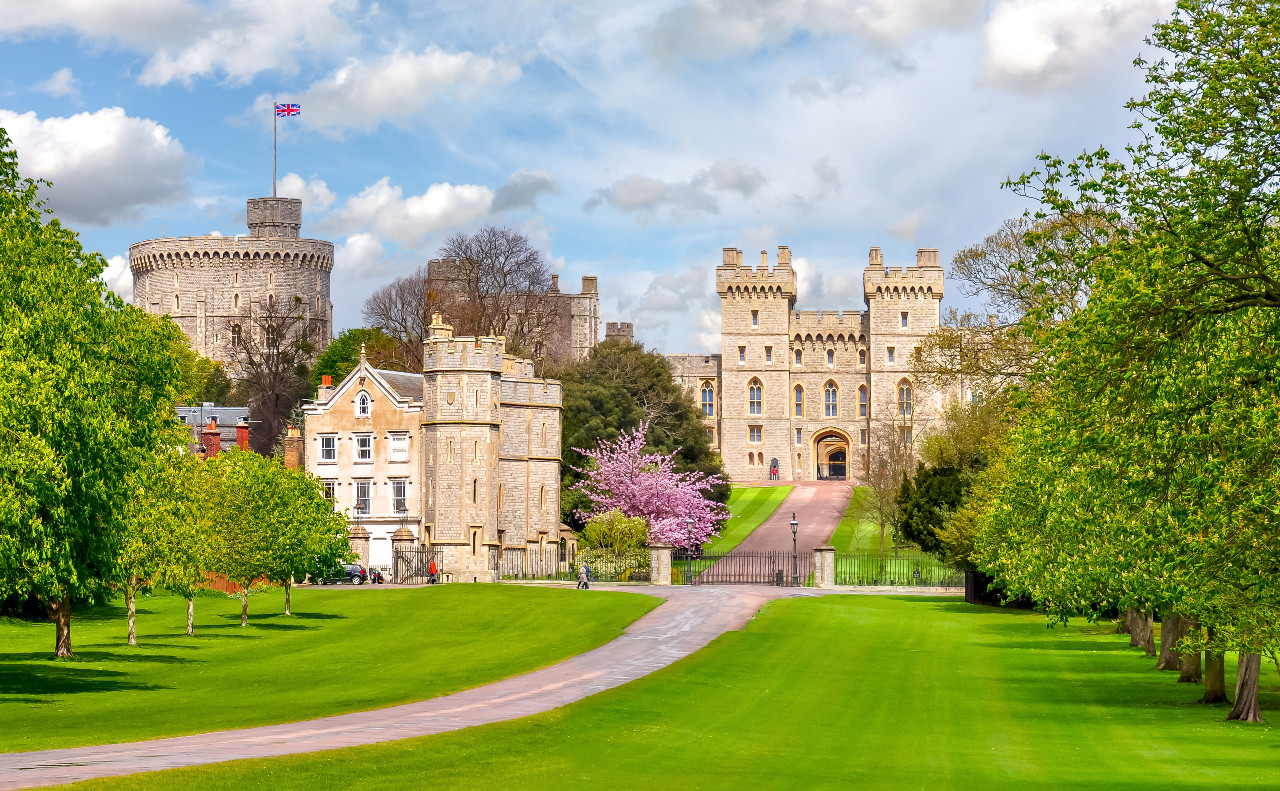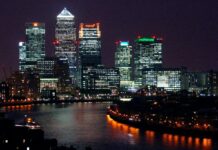Top 6 weekend getaways from London
There’s so much to see in the UK that you could head off for a weekend break every week and keep discovering new favourites a year on. If you don’t want to spend hours on the road, it’s a good idea to narrow down the choices to wonderful places within a two-hour drive of your hometown. So, Londoners, take a look at our 6 top picks for weekend getaways, from quaint villages and beautiful countryside retreats to classic seaside resorts and historic royal towns.
Popular on LondonNet
We’ll let you in on locals’ favourites, how to get there, must-sees and a flavour of each destination’s history. As our picks play host to major annual events throughout the year we’ve included their dates too, in case you want to plan your getaway to coincide with (or avoid!) these big occasions. They say a change is as good as a rest, and with comfortable hotels, B&Bs and self-catering cottages and apartments waiting for you, you’ll have a cosy base to rest your head.
1. Brighton
Dodging the seagulls as you eat fish and chips on Brighton Palace Pier. Browsing the antique shops in the cobbled alleys of The Lanes. Taking in the views from the top of the ‘donut’ (aka the British Airways i360 observation pod). Exploring the quirky North Laine with its vegan cafes and independent boutiques. Partying the night away in one of the many bars and clubs. Yep, a weekend in Brighton is a weekend well spent doing all the important things.
Travelling from London to Brighton
Once you exit the M25 onto the M23 it only takes 45 minutes to get from London to Brighton. Just head due south until you reach the sea!
History of Brighton
The city of Brighton & Hove has been known as a party destination ever since the Prince Regent visited in the late 18th Century, drawn to its reputation as a decadent playground for London’s rich and famous and its seawater treatments for health, like ‘dipping’ (total immersion under the waves). He loved it so much he had the stunning Royal Pavilion built. Its domes, minarets and pinnacles are still one of the city’s most recognisable attractions.
Things to do in Brighton
As well as a nosy around the Pavilion, there’s plenty for culture vultures to enjoy, including Brighton Museum & Art Gallery plus performances at the Brighton Dome and Brighton Theatre Royal. Take a stroll along the prom to see the beautiful remains of the West Pier, and the stunning Regency architecture plus colourful beach huts in Hove. Go for a ride right by the pebbles on the heritage Volks Electric Railway to Brighton Marina. Explore underwater worlds in the Sea Life Centre.
When to visit Brighton
In May there’s the Brighton Festival, Festival Fringe and Artists’ Open Houses, celebrating the arts, plus The Great Escape music festival. In July there’s Paddle Round the Pier, where crazy homemade rafts take to the sea. In August there’s Pride, celebrating the city’s large LGBTQ+ community. In December there’s Burning the Clocks, a large lantern parade in honour of the winter solstice.
Where to stay in Brighton
There’s holiday accommodation in Brighton for everyone. Stay in a hotel on the seafront with sea views, swimming pools, spas, and on-site bars and restaurants to get your evening started just steps from your comfy room. Or book a whole apartment for the ultimate in self-catering convenience and privacy – there are plenty of bakeries for breakfast goodies.
2. Cotswolds
A designated Area of Outstanding Natural Beauty, the Cotswolds is home to charming villages, rolling hills, historic market towns and beautiful honey-coloured stone. Located between Stratford-upon-Avon and Bath and covering nearly 800 square miles, there’s so much to see and do in the Cotswolds, whether you’re into nature reserves, grand palaces, lakes or arboreta.
Travelling from London to Cotswolds
Head west from London along the M40 and A40 and it’ll take you about 2 hours to drive to the Cotswolds, depending on which village or town you choose as your base.
History of Cotswolds
From its importance in the English Civil War to its wool trade, the Cotswolds has a rich heritage. Thanks to its rolling hills that are the perfect home for grazing sheep – including the local breed the Cotswold Lion – the area became known as a source of excellent wool in the Medieval period. This led to many grand houses being built for the successful merchants, many of which use the honey-hued, fossil-rich Cotswold limestone, which is unique to the area.
Things to do in Cotswolds
Base yourself in the buzz of Cheltenham, Gloucester or Cirencester, or stay close to ancient woodlands and rural villages. Be amazed by grand estates like Blenheim Palace, Sudeley Castle and Highgrove Gardens – home to Prince Charles’ private residence. Surround yourself with trees in Batsford Arboretum or the National Arboretum at Westonbirt. Marvel at the Cotswold stone model village and rivers of Bourton-on-the-Water – the Venice of the Cotswolds. Take a ride on the Cotswolds heritage steam railway from Toddington to Cheltenham. There are all sorts of parks to explore, too, including farm, wildlife, skate and water parks.
When to visit Cotswolds
In February it’s the Cheltenham Folk Festival. In March it’s time for a big event on equestrian calendars – the Cheltenham Gold Cup. In May there’s Cheltenham Jazz Festival plus two quirky local events: Cooper’s Hill Cheese-Rolling and Tetbury Woolsack Races. In July the world’s largest military air show, the Royal International Air Tattoo takes place at RAF Fairford; there’s also Tewkesbury Medieval Festival. In August it’s the big music festivals, including Wilderness and Big Feastival. In October it’s the Cheltenham Literature Festival.
Where to stay in Cotswolds
Choose from a long list of holiday accommodation in the Cotswolds district, whether you’re after fine hotels with spas in fashionable market towns or private self-catering cottages in quaint villages that welcome all the family – including the furry members.
3. Cambridge
The University of Cambridge dominates this historic city in the East of England, with the buildings of its 31 colleges covering about half of the city’s real estate. It’s not all punting on the River Cam, bike rides, and cobbled streets, though (although they’re a massive pull) – the modern side of Cambridge has earned it the nickname ‘England’s Silicon Valley’.
Travelling from London to Cambridge
Once you join the M11 on the edge of East London it’s only an hour heading north to get to Cambridge.
History of Cambridge
The prestigious, world-famous University of Cambridge dates back to the 13th Century, and much of the city’s history is entwined with the college buildings, from St John’s 16th Century Great Gate to King’s Gothic Chapel (home to the famous choir and its evensong). But, like many English towns and cities, its first settlement dates all the way back to the Romans. If you want to be surrounded by stunning historic buildings, Cambridge is the place.
Things to do in Cambridge
Naturally, lots of attractions are attached to the University, including all manner of museums plus the Botanic Garden. Head to Fitzwilliam Museum for a free day out reminiscent of London’s British Museum. For retail therapy visit Market Square – traders have used it since the Middle Ages – or the designer and high street brands in Grand Arcade. Feast on famous Chelsea buns at Fitzbillies, a firm favourite since the 1920s, and raise your glass in The Eagle, the 14th Century pub where Watson and Crick announced they’d discovered the structure of DNA.
When to visit Cambridge
In March and April there’s the interdisciplinary Cambridge Festival incorporating the previous science festival and festival of ideas, run by the University. In May there’s the Cambridge Beer Festival, which started in 1974. In July there’s the famous Folk Festival, as well as the family-friendly Big Weekend featuring famous performers on Parker’s Piece.
Where to stay in Cambridge
Fancy a cosy cottage, or a great value hotel room, or a city centre pad for your stay? You’ll find all kinds of holiday accommodation in Cambridge. Place yourself right by the River Cam for fast access to punting, or close to the major museums. Wherever you choose, make like the locals and bring your bicycle to get around the city easily.
4. New Forest
Take a trip into the New Forest and London will feel a million miles away. Immerse yourself in fairytale forests and wildlife as you spot wild ponies, donkeys, deer, cows and even pigs wandering the ancient woodlands, heathland, open moors and village greens. Great for cyclists, walkers, nature lovers and getaways with your own four-legged friends.
Travelling from London to New Forest
Once you leave West London onto the M4 it takes about 1 hour 30 minutes to get to the New Forest, heading south west via the M3.
History of New Forest
William the Conqueror named the district his ‘new hunting forest’ in 1079. He set up a system to manage and protect the ‘Nova Foresta’ that is still in full force today. Henry VIII arranged for Hurst Castle and Calshot Castle to be built. There are plenty of local tales about witches and ghosts, too. Fascinated by the history of the area? Then you’ll want to pay New Forest Heritage Centre in Lyndhurst a visit during your stay.
Things to do in New Forest
Of course there’s tons of wonderful things to do in the great outdoors in the New Forest National Park, but there are other gems to explore too. Car enthusiasts should head to the National Motor Museum Beaulieu, while green-fingered fans flock to Exbury Gardens & Steam Railway. Little ones will love Peppa Pig World at Paulton’s Park or the fairy house trail at Furzey Gardens in Minstead. From Ringwood Brewery and Forest Forge Theatre to the 16th Century Hurst Castle and Eling Tide Mill, there’s something for everyone in the New Forest.
When to visit New Forest
In late March/early April you can watch chefs’ demos at Milford on Sea Food Week. In June there’s Dogstival in Burley Park celebrating all things doggy-related. In July there’s The New Forest Folk Festival and the big event of the year, the three-day New Forest and Hampshire County Show in Brockenhurst, packed full of agricultural entertainment. In August watch artists at work at Hampshire Open Studios, or head to the New Forest Fairy Festival in Burley Park. In October there’s the New Forest Walking Festival.
Where to stay in New Forest
For your holiday accommodation in the New Forest district you’ve got all kinds of options, from quaint B&Bs in charming villages to modern hotels on the outskirts near bigger towns, and everything in between. Find dog-friendly cottages for all the family to come along, or romantic studios for two. It’s all here.
5. Bournemouth
Award-winning and Blue Flag beaches await you in Bournemouth, but this seaside resort isn’t just about the sand (although you’ll likely want to spend plenty of time on its seven-mile coastline). Alongside watersports and the historic Bournemouth Pier there’s Green Flag parks, the Victorian Grade II listed town centre gardens, museums, theatres and the Oceanarium.
Travelling from London to Bournemouth
It’ll take about 2 hours to drive down to Bournemouth, heading south west as you leave London down the M3 and the M27.
History of Bournemouth
Before it was popular with tourists seeking sun, sand and sea, Bournemouth was popular with smugglers, and this association is played out today with attractions like Smuggler’s Cove Adventure Golf course. Come here for a short break and you’ll be continuing a centuries-old tradition, as Bournemouth has been a weekend getaway for Londoners ever since it was founded in the early 19th Century. Its status as a spa town drew those living in polluted cities to take in the revitalising sea air.
Things to do in Bournemouth
As the home of the UK’s best beach in TripAdvisor’s Travellers’ Choice Awards, of course you’re going to hang out on the sandy shores here. But head up onto the cliffs too, for some excellent walks, with attractions like Russell-Cotes Art Gallery & Museum dotted along the way. Go on an underwater adventure at Oceanarium, The Bournemouth Aquarium. Come evening, catch a live show at Pavilion Theatre, The BIC and the O2 Academy, or more intimate venues like The Shelley Theatre, The Regent Centre and the Lighthouse Centre for Arts.
When to visit Bournemouth
In April it’s time for the Bournemouth Bay Run. In July there’s the Bournemouth Pier to Pier Swim and Bournemouth’s Pride Festival. In August there’s the Great Dorset Steam Fair plus the Bournemouth 7s, known as ‘Sporting Glastonbury’. In August/September there’s the Bournemouth Air Festival, the largest event of its kind in the UK. In September there’s the multi-disciplinary Bournemouth Arts by the Sea Festival plus the performance adventure that is the Inside Out Dorset Festival. In October there’s the BFX festival of animation, film and games.
Where to stay in Bournemouth
Independent guesthouses, well-known chains, fancy hotels with spas, and affordable B&Bs are all available to visitors looking for holiday accommodation in Bournemouth. Position yourself as close to the beach as possible, or with fantastic sea views, or hidden away in a quiet spot in a self-catering apartment – the choice is yours.
6. Windsor
Striking Windsor Castle is the jewel in the crown of this historic town just to the west of London. The oldest and largest inhabited castle in the world, it’s the Queen’s favourite home for a weekend break, so you’re in good company! With the serene River Thames running through it, there’s more to Windsor than the Changing the Guard ceremony (although that’s a must-see).
Travelling from London to Windsor
Once you leave West London onto the M4 it’s only a 30-minute drive due west to Windsor.
History of Windsor
Windsor was a crucial base for the Norman conquerors, with William the Conqueror getting building work on Windsor Castle started around 1070. Many important events took place in the following centuries, including the signing of the Magna Carta just downstream at Runnymede. Visitors today can get a feel for the 17th Century thanks to buildings from this period still standing firm in the many cobbled streets around Windsor Guildhall. Discover famous former residents through the Commemorative Blue Plaque Scheme.
Things to do in Windsor
Aside from Windsor Castle there are also quaint tea rooms to discover, beautiful greenery in Windsor Great Park, interesting independent shops and, of course, family favourite LEGOLAND just outside the centre. Stroll across the Thames to picturesque Eton to see the famous Eton College and its 15th Century High Street.
When to visit Windsor
In May the Royal Windsor Horse Show brings a display of all things equestrian to the grounds of Windsor Castle, including the popular Pageant evening of entertainment. In June keen horse racing devotees (and fans of monarchs and fancy hats) love the pomp and ceremony of Royal Ascot at nearby Ascot Racecourse. There’s also the pomp of Garter Day in June, with 24 knights wearing ceremonial robes and hats in an open-carriage procession. In July it’s time for Swan Upping, the royal census of the swan population on the Thames dating back to the 12th Century. In September Windsor Festival and Windsor Fringe celebrate the arts, and in November it’s the written word with Cliveden Literary Festival.
Where to stay in Windsor
Whether you like the familiarity of a hotel chain, the charm of an independent inn, or the convenience of a self-catering home, there’s lots of choice for holiday accommodation in Windsor. Views of the castle or the River Thames, anyone?
Other favourites for a weekend break from London
Looking for more inspiration? There are lots of other UK destinations that are popular for a weekend break from London. Fancy a city break? Pick from the dreaming spires of Oxford, the historic architecture of Tunbridge Wells and Canterbury, and everything Shakespeare in Stratford-upon-Avon. Whether travelling in autumn, winter, spring or summer, the above UK destinations all have lots of entertainment, culture and a relaxing getaway from London. Enjoy your trip!


